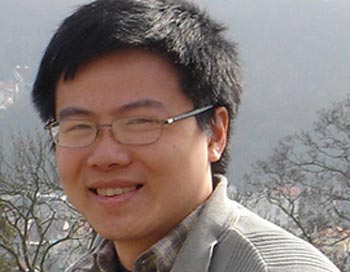 Time Magazine on December 9 announced its top ten lists for 2009, and includes Vietnamese Professor Ngo Bao Chau"s solving of the “fundamental lemma”.
Time Magazine on December 9 announced its top ten lists for 2009, and includes Vietnamese Professor Ngo Bao Chau"s solving of the “fundamental lemma”. Top 10 Scientific Discoveries:
1. Our Oldest Ancestor, "Ardi"
2. The Human Epigenome, Decoded
3. Gene Therapy Cures Color Blindness
7. The Fundamental Lemma, Solved
In 1979 the Canadian-American mathematician Robert Langlands developed an ambitious and revolutionary theory that connected two branches of mathematics called number theory and group theory. In a dazzling set of conjectures and insights, the theory captured deep symmetries associated with equations that involve whole numbers, laying out what is now known as the Langlands program. Langlands knew that the task of proving the assumptions that underlie his theory would be the work of generations. But he was convinced that one stepping stone that needed confirmation — dubbed the "fundamental lemma" — would be reasonably straightforward. He, his collaborators and his students were able to prove special cases of this fundamental theorem. But proving the general case proved more difficult than Langlands anticipated — so difficult, in fact, that it took 30 years to finally achieve. Over the past few years, Ngo Bao Chau, a Vietnamese mathematician working at Université Paris-Sud and the Institute for Advanced Study (IAS) in Princeton, formulated an ingenious proof of the fundamental lemma. When it was checked this year and confirmed to be correct, mathematicians around the globe breathed a sigh of relief. Mathematicians' + char(39)+ N' work in this area in the last three decades was predicated on the principle that the fundamental lemma was indeed accurate and would one day be proved. "It' + char(39)+ N's as if people were working on the far side of the river waiting for someone to throw this bridge across," says Peter Sarnak, a number theorist at IAS. "And now all of sudden everyone' + char(39)+ N's work on the other side of the river has been proven."
Source:
VietNamNet/Time Magazine

 Previous page
Previous page Back to top
Back to top







